Belmore Court: Your next best stay in the West

My name is Lisa and together with my dog, The Beast, we spend our days walking and wild camping on the mountains of Snowdonia.
The Beast is a nine year old Lhasa Apso, she’s spent her life outdoors as my companion and I couldn’t have asked for a better adventure buddy.
I’m regularly asked about our experiences on the mountains, and with some planning you can have a safe, fun day on the mountains with your four legged friend.
READ: Top 5 photography locations in Northern Ireland
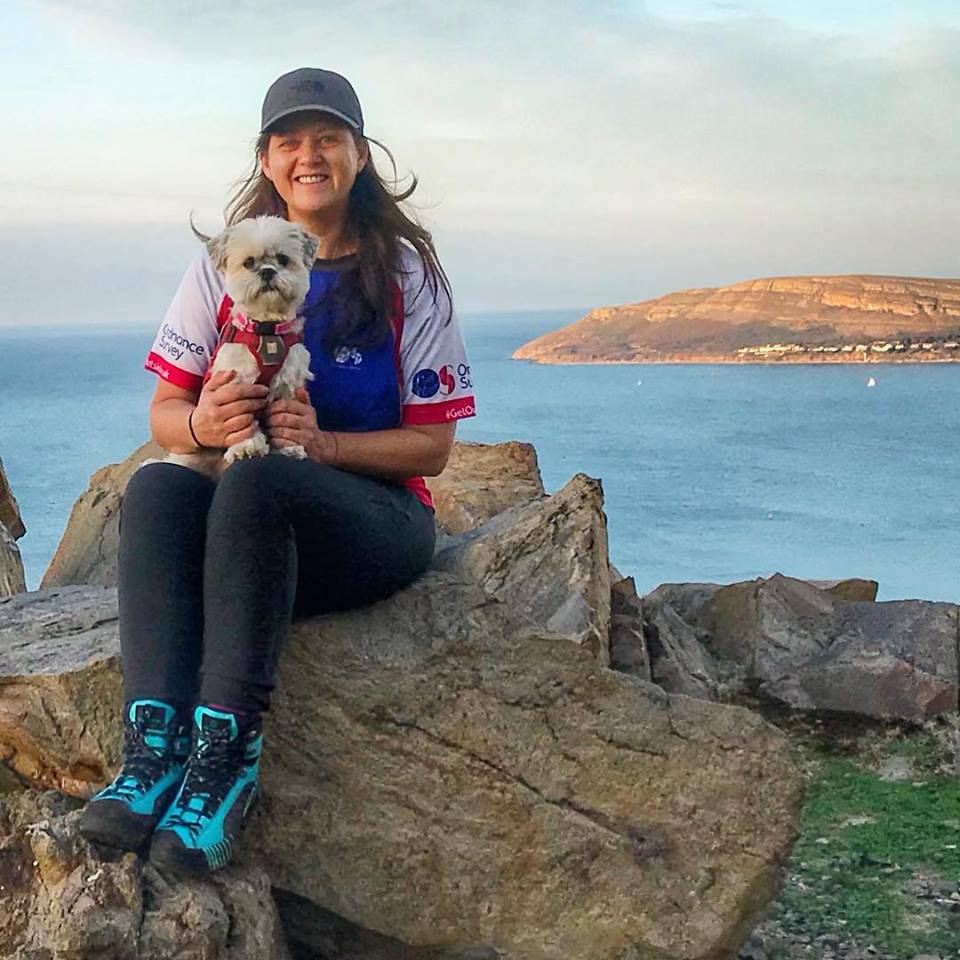
READ: Photographer in Focus: Stephen Wallace (Hibernia Landscapes)
If your dog is new to mountain walking then it’s probably an idea to start off with some lower hills to build up their strength. We’ve recently been joined by Billy who is a Border Terrier. Billy was restricted to shorter, lower level, more gentle walks while he was growing and his muscles were developing.
Stiles can be a dog owner’s nightmare. Although a stile occasionally will have a gate next to it, I have found lately that these are being padlocked. Unless your dog is really agile and confident the only way he’s going over a stile is in your arms! This is fine if the stile is low or you have a smaller dog, but I’m not sure I could lift a dog the size of a retriever over a 5 foot stile with ease. If you haven’t had a chance to check the route out beforehand, you can plot your route on the Ordnance Survey mapping app, then use the ‘Aerial Map’ view for a realistic look at the route and check for any obstacles you might encounter along the way.
Another issue we regularly encounter is water crossings. These are clearly visible on a map but it’s worth bearing in mind that after prolonged periods of rain or during the winter, these streams can rise making your crossing dangerous at some points. If you find yourself in a situation where the crossing looks dangerous; wide, fast flowing, unstable ground underfoot, then always take the time to wander along the stream to look for a safer place to cross.
Finally think about the terrain your route will cover:
Is it rocky? – think about how the rocks will feel on the dogs paws.
Are there big drops? – we’ve realised Billy is scared of steep drops and we’re patiently introducing these on our walks with lots of reassurance.
Will you have to take big steps to work your way over bigger rocks? – The Beast can’t manage bigger steps on her own so I need to lift her up and follow on behind.
Will parts of your descent be steep? – even a dog the size of The Beast can pull me off balance; I taught her to ‘wait’ very early on and if we have a particularly steep descent, I regularly tell her to wait so that I can catch up.
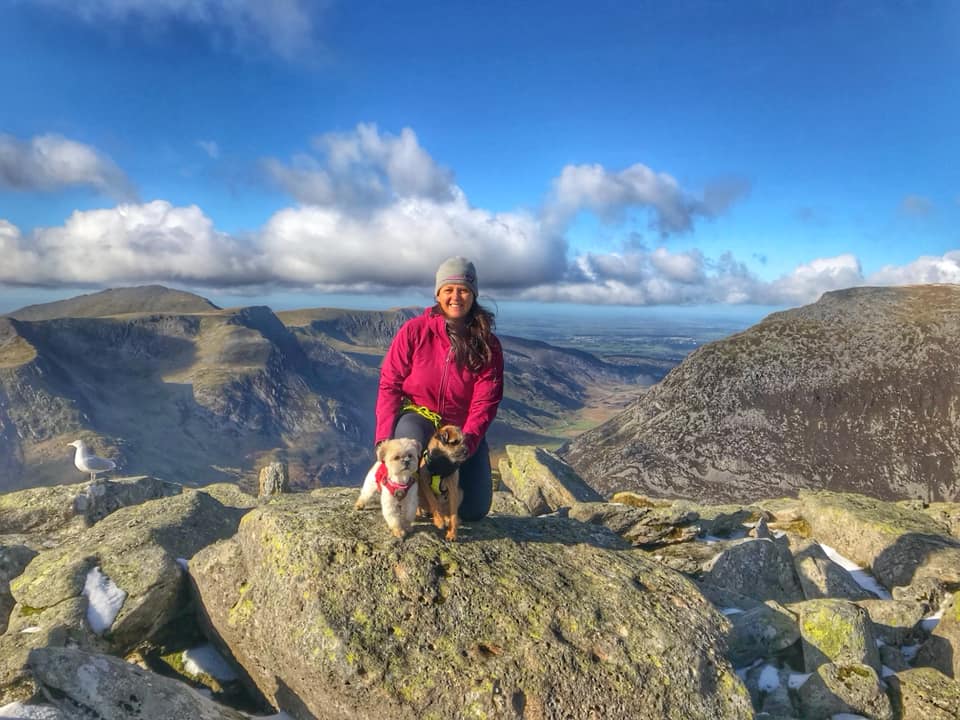
We check the forecasts on the build up to our walk and do a final check on the day. There’s not much that will stop us going out, but if I see high winds forecast then I’ll keep lower down. We don’t mind rain, but if The Beast is wet then she’s going to get cold quicker than on a dry day.
The Beast wears her collar at all times; it’s a fabric one and I’ve had my mobile number embroidered onto it. Although she is micro-chipped, having my telephone number clearly visible if she did get lost would enable a person to contact me immediately.
The Beast is always on her lead and there are a few reasons for this. She can be a nightmare around other dogs and I don’t think it would be fair to let her run, barking at someone else’s dog just because she didn’t like the look of them. The ground we cover can be dangerous and she could easily slip. She is actually very good around livestock but I would never trust her 100% which is another reason I keep her on a lead. What we see as playing can look very different to a concerned farmer and I wouldn’t want the confrontational conversation if ever she was around livestock and off her lead. The access rights that normally apply to open country and registered common land (known as ‘Open Access’ land) require dogs to be kept on a short lead between 1 March and 31 July, to help protect ground nesting birds, and all year round near farm animals.
The Beast used to have a retractable lead which worked really well; giving her the chance to explore within a few metres while still being attached to me. Unfortunately Billy decided to chew through the lead and I now use climbers rope for them both. It’s much stronger than a lead, it’s on a roll so you can buy it in various lengths and it’s cheap to replace (52p a metre).
One of the best pieces of gear I bought for The Beast was her Ruffwear harness. It makes lifting, supporting and occasionally carrying her so much easier. On a steep section I can use the handle on the back of the harness to lift her up onto higher ground. If I’m out with friends, it’s so much easier and safer to pass her between us.
I also have a climbers carabiner. On terrain where I need my hands, I attach the carabiner to the hand loop of The Beasts lead and the waist strap of my rucksack.
Finally The Beast has a couple of coats that I use. She has a florescent, waterproof one for days when we’re out and visibility is low or it’s raining (It’s also great for evening walks). She has a thicker coat which I don’t use when she’s walking; but it’s handy for when we stop for a break, we feel the cold and will quickly layer up and a dog is no different.
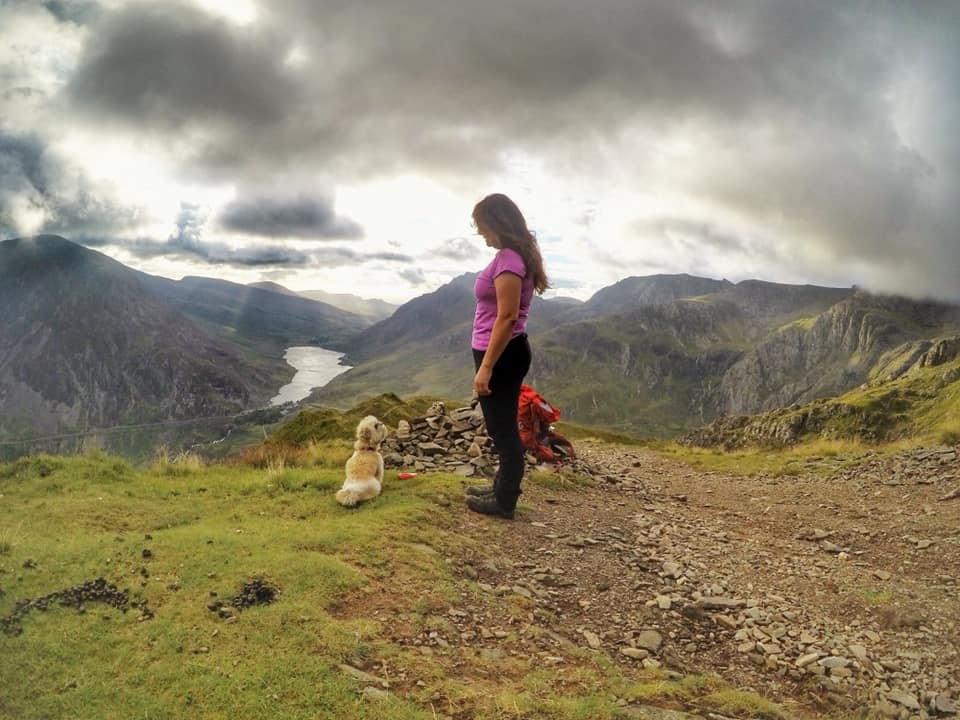
Because of the terrain we walk on there are usually streams that The Beast can drink from. However, during the warmer weather a lot of these dried up, having a small bottle of water in my rucksack is handy for warmer days or if we stop and we don’t have a water source close to us. I always carry a bag of dried food with me; although I invariably end up sharing the contents of my lunch box with her. I picked up a small collapsible bowl from Amazon; it takes up no space at all in my rucksack and is handy to use for food or water.
I have one that I carry as standard in my rucksack for adults, but I also have a little dry bag with a small gauze square, a bandage and a roll of elastoplast fabric tape. We’ve never had an accident and needed it, but there’s always a chance that The Beast could cut her paw or catch herself on something and at least I could keep the wound covered until we got to the vet.
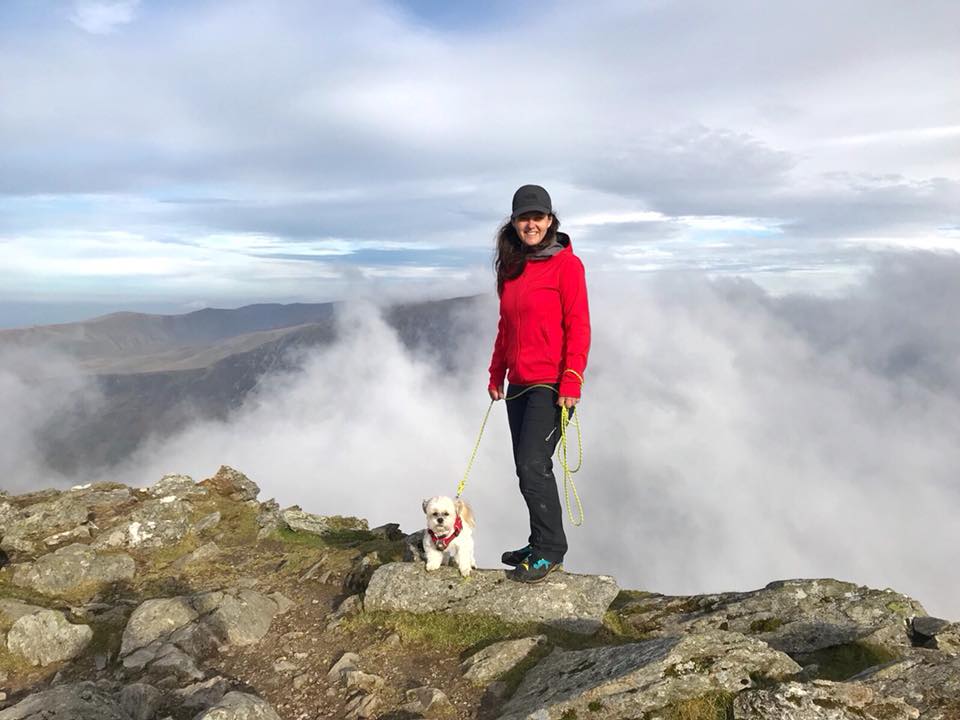
There’s a lot of debate about bagging or flicking! I prefer bagging it in a poo bag, second bagging it into a plastic supermarket bag and storing it in the side pocket of my rucksack to dispose of later. My reason for this is that I have been on forest walks with the children in the past where they’ve run through piles of fallen leaves to play only to be covered in dog poo when someone has flicked rather than bagged. There are also two parasites found in some dogs’ poo called Neospora and Sarcocystis. Neospora eggs from the poo lurk in the grass and develop into the full-blown Neosporosis infection when the grass is eaten by the cattle; this is the main cause of abortions in infected cattle. Sarcocystosis infects sheep by the same route as Neospora infects cattle. The disease can be passed from ewe to lamb and a carcass found to be infected after slaughter will be condemned.
Hopefully I’ve given you some ideas and reassurance when taking a dog out onto the mountains. Mine absolutely love their mountain days and look forward to them as much as me; there’s no chance of me getting out of the house alone if they’ve spotted a loaded rucksack! They’re awesome company; they’ll listen to your stories, they’ll sit and admire the views, they’ll patiently follow you and won’t complain about the distance or weather.
If you’d like to follow our adventures, you can find us on Instagram, Twitter and our Blog.
Article kindly sponsored by Feedwell Dog Food.
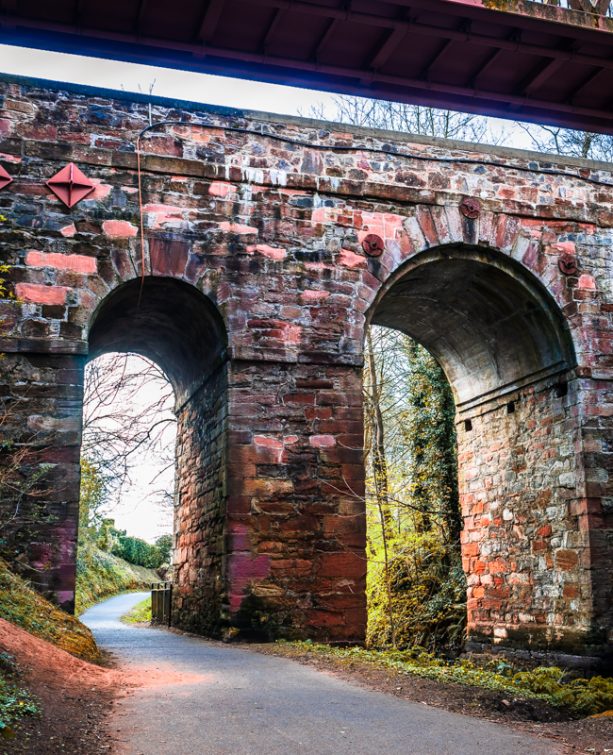 Belfast,Photography
Belfast,Photography
5 scenic walks around Lisburn
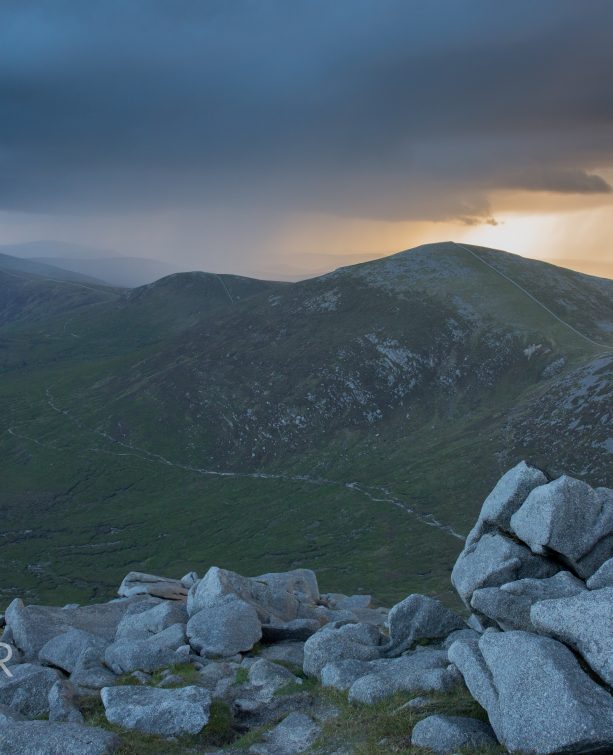 Mourne Mountains
Mourne Mountains
Bearnagh: Chased the sunset, caught the rain
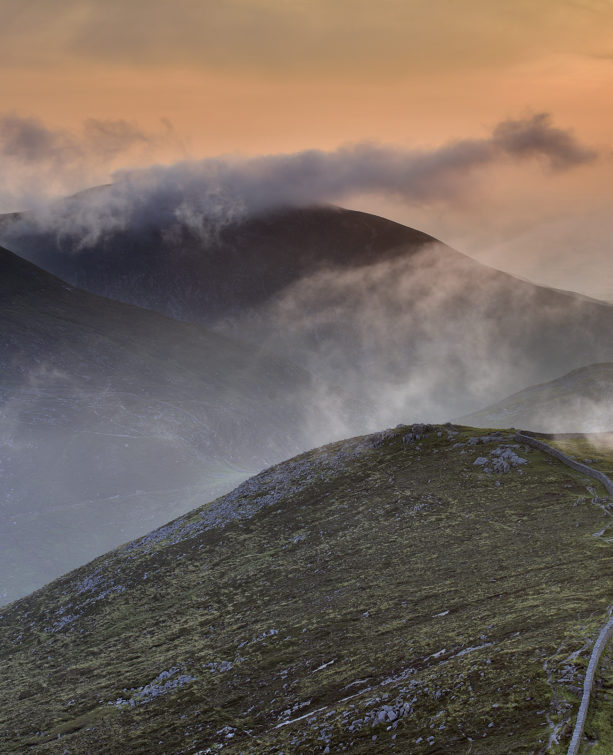 Mourne Mountains
Mourne Mountains
Camping in the High Mournes
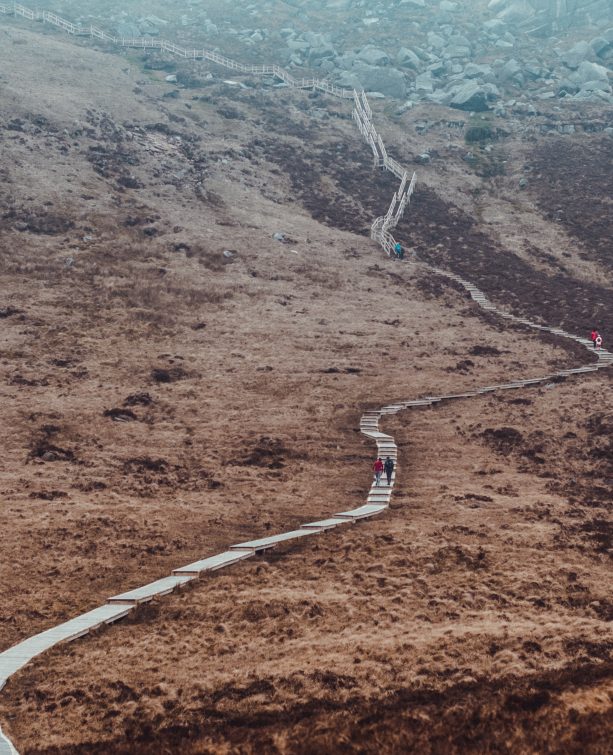 Fermanagh and Tyrone
Fermanagh and Tyrone
Cuilcagh: Stairway to Heaven
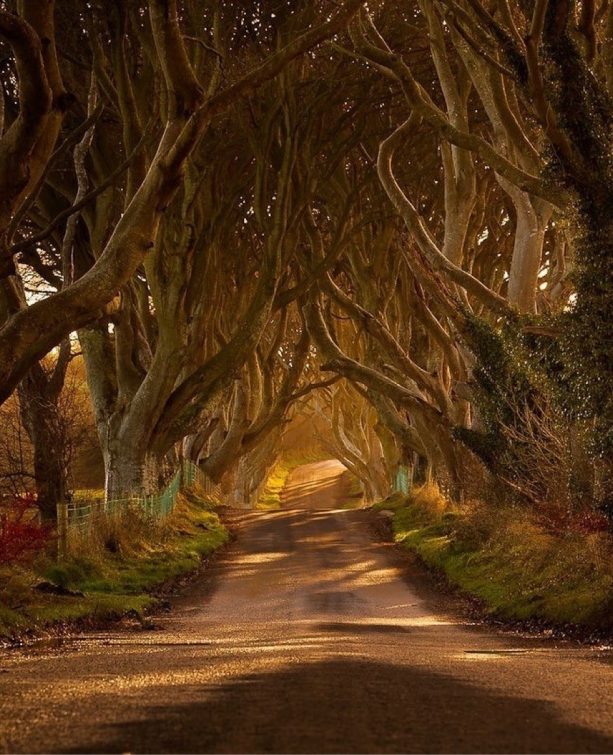 Features
Features
Every Game of Thrones Location in Northern Ireland
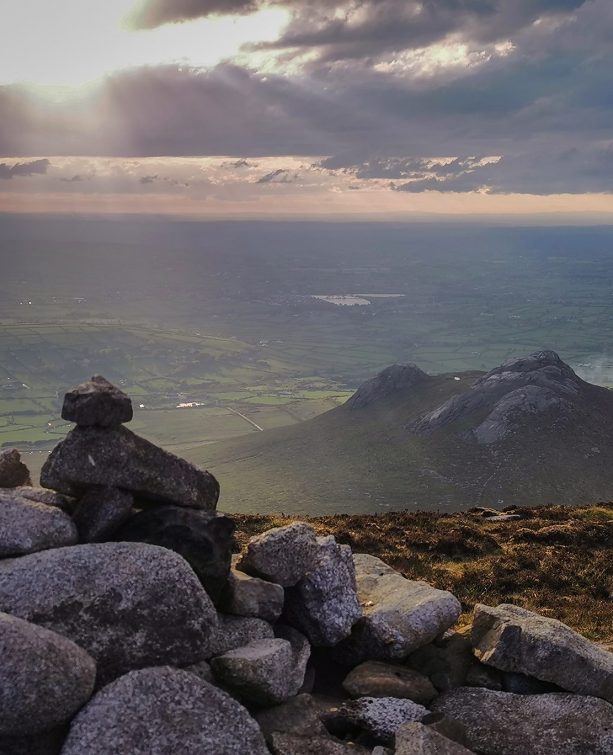 Mourne Mountains
Mourne Mountains
Hen and Cock Mountains
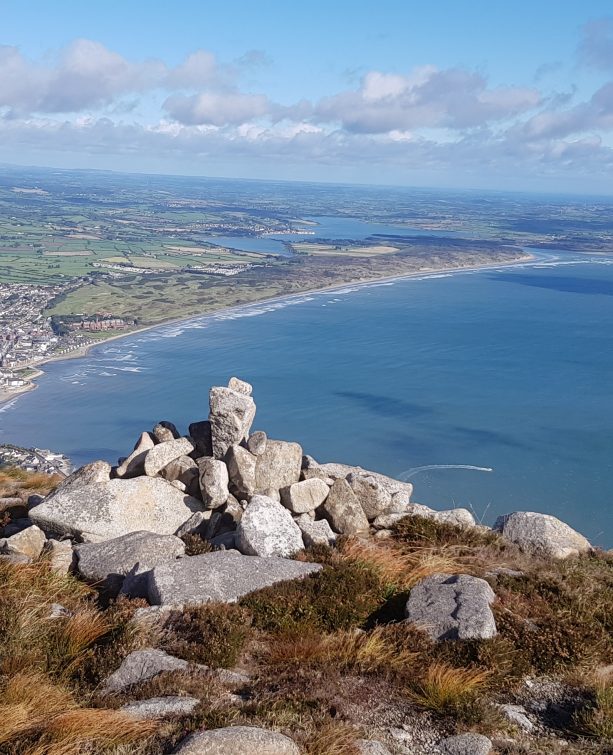 Mourne Mountains
Mourne Mountains
Leganabrachan, Millstone and Thomas: Donard’s Seaside Bodyguards
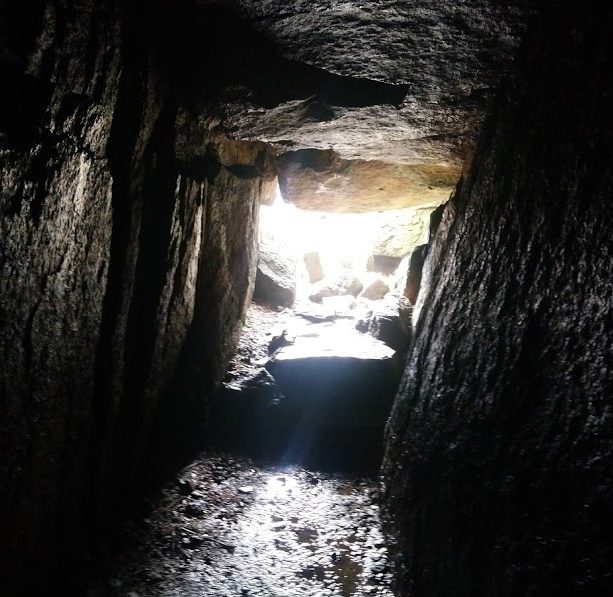 Mourne Mountains
Mourne Mountains
Percy Bysshe and Cove Caves